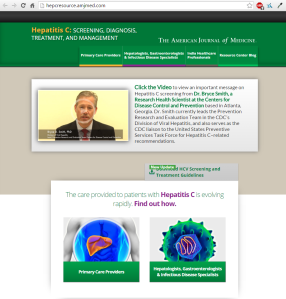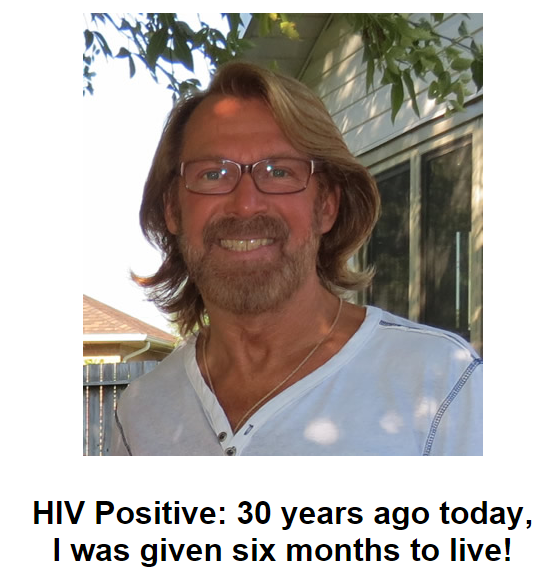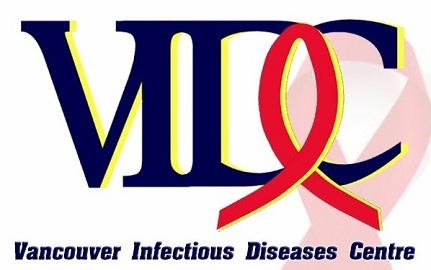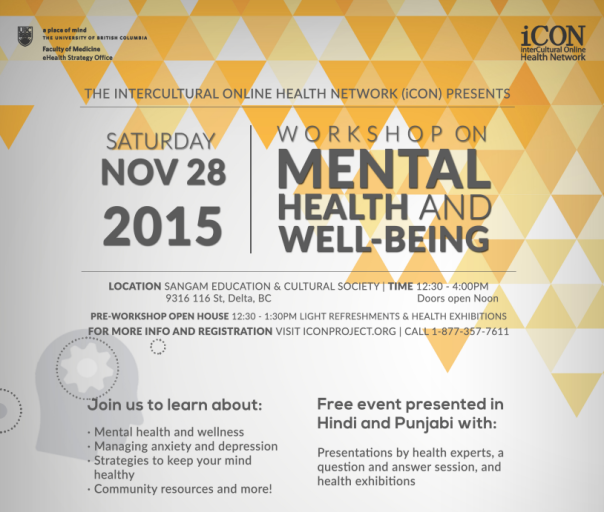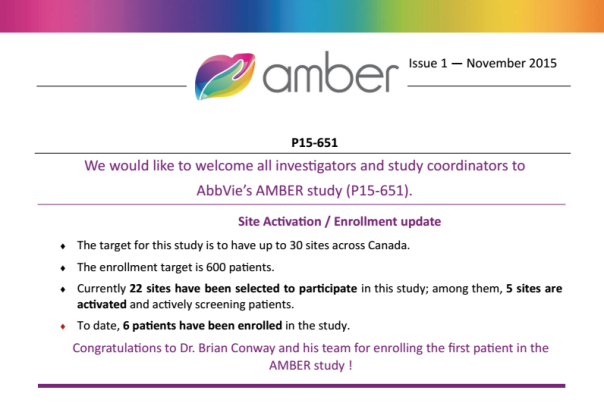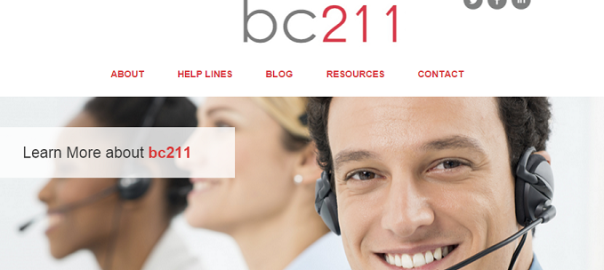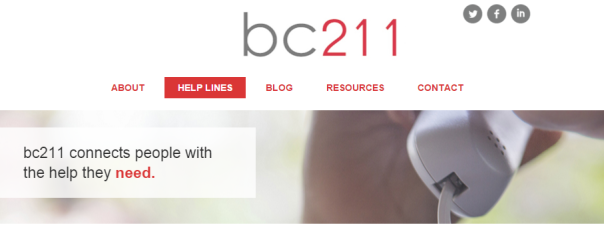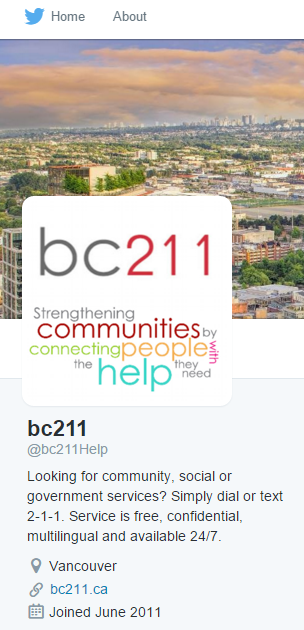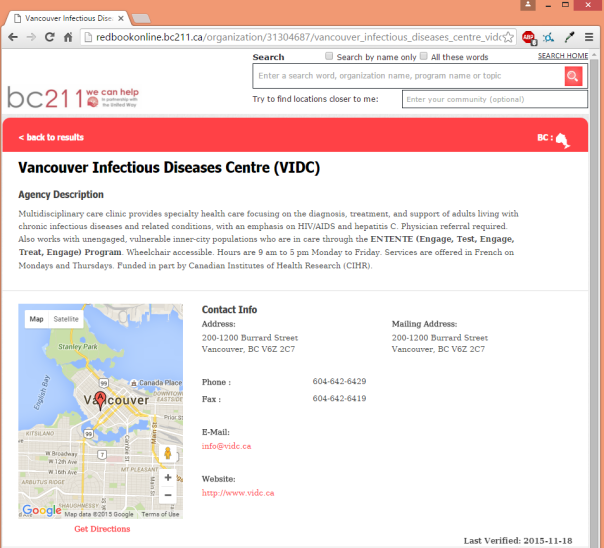Positive Plus One: A research study of relationships where one partner is HIV-positive and the other is HIV-negative
As HIV rates have stabilized, HIV-positive individuals are living longer lives. More and more people today are in relationships where only one of the two people has HIV (an HIV-serodiscordant relationship). While there has been research on living with HIV, far less is known about the issues faced by HIV-serodiscordant couples. Researchers from the Dalla Lana School of Public Health, in collaboration with physicians and AIDS Service organizations from across the country, are therefore undertaking a national study of people in serodiscordant relationships.
This study, named Positive Plus One, is unique, because we want to hear from both the HIV-positive and HIV-negative partner in a serodiscordant relationship. Each partner will complete the survey on their own, and not in the presence of each other. However, if only one of the two partners wants to participate, they can also be involved. If a person has recently (in the last 2 years) been in a serodiscordant relationship, they can also participate, but we will not ask them to invite their partner.
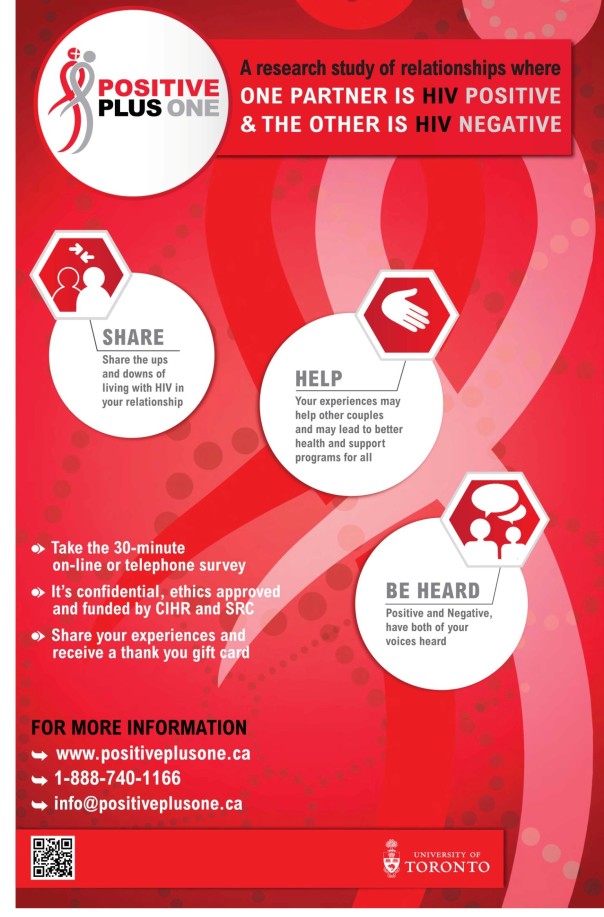
Positive Plus One is a mixed-methods study, meaning it includes both a survey, and an in-depth interview. Anyone who takes the survey can also volunteer for the interview. From the survey, we will obtain a broad understanding of serodiscordant couples’ relationships, as well as the characteristics of serodiscordant couples across Canada. From the interview, we will learn about how these relationships unfolded over time, and provide people with the opportunity to share their experience of living in a serodiscordant relationship.
Participants will receive a $20 gift card for participation in the survey, and an additional $40 gift card if they are selected for the qualitative interview.
In order to participate, you must meet the following five (5) criteria:
1) They are currently in a relationship where one partner is HIV-positive and the other is HIV-negative and the relationship has lasted 3 months or longer, OR they were in one in the past 2 years,
2) They live in Canada, and lived in Canada during at least part of the relationship,
3) They are at least 18 years old,
4) They speak either English or French,
5) If they are HIV-positive, they have disclosed their status to their HIV-negative partner.
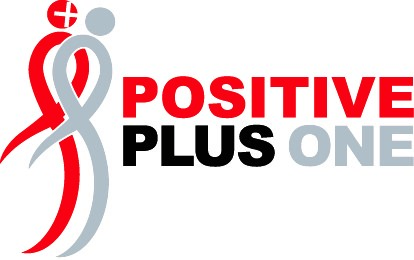


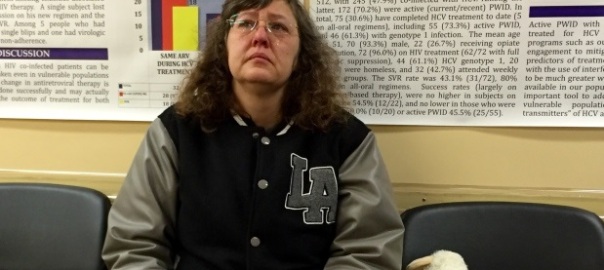
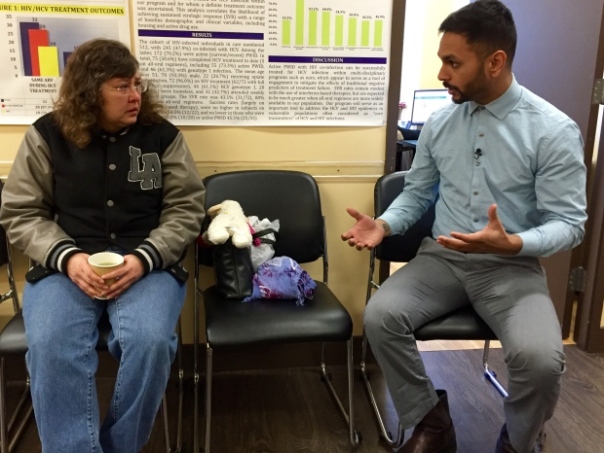
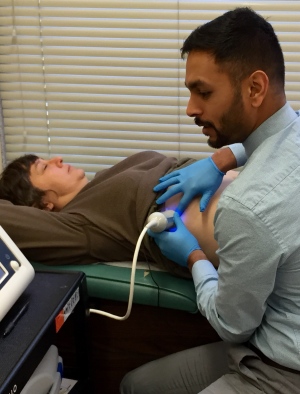
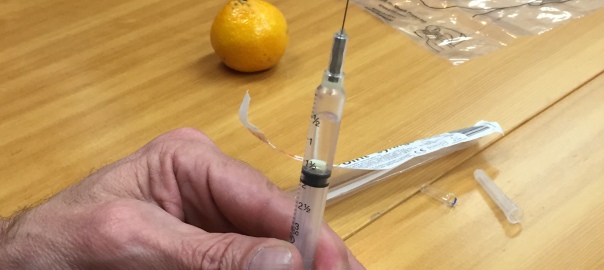
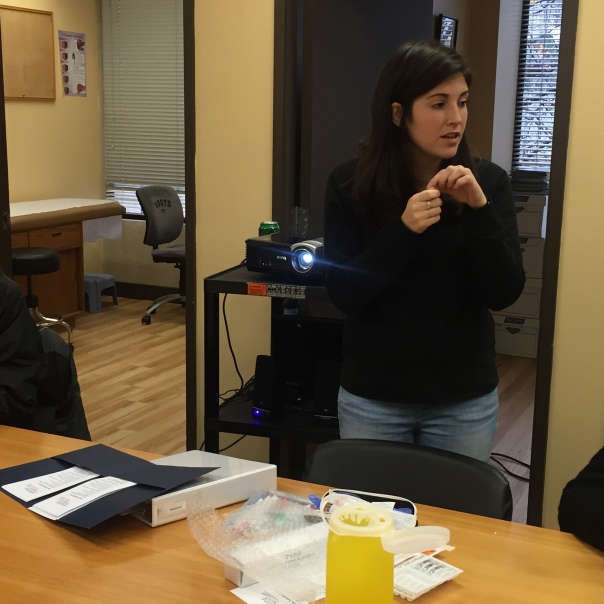
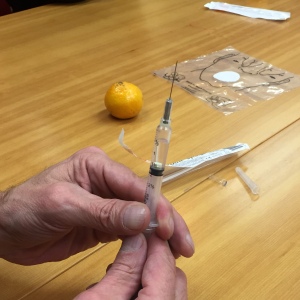 Naloxone, also commonly known as Narcan, is an antidote to an opioid overdose. An overdose of opioid drugs such as morphine, heroin, methadone, OxyContin can cause a person’s breathing to slow or stop. Naloxone is an injectable medication that can reverse this so the person can breathe normally and regain consciousness. Naloxone does not work for overdoses such as cocaine, ecstasy, GHB, or alcohol. However, if an overdose involves multiple substances including opioids, naloxone will help by temporarily taking the opioid out the equation.
Naloxone, also commonly known as Narcan, is an antidote to an opioid overdose. An overdose of opioid drugs such as morphine, heroin, methadone, OxyContin can cause a person’s breathing to slow or stop. Naloxone is an injectable medication that can reverse this so the person can breathe normally and regain consciousness. Naloxone does not work for overdoses such as cocaine, ecstasy, GHB, or alcohol. However, if an overdose involves multiple substances including opioids, naloxone will help by temporarily taking the opioid out the equation.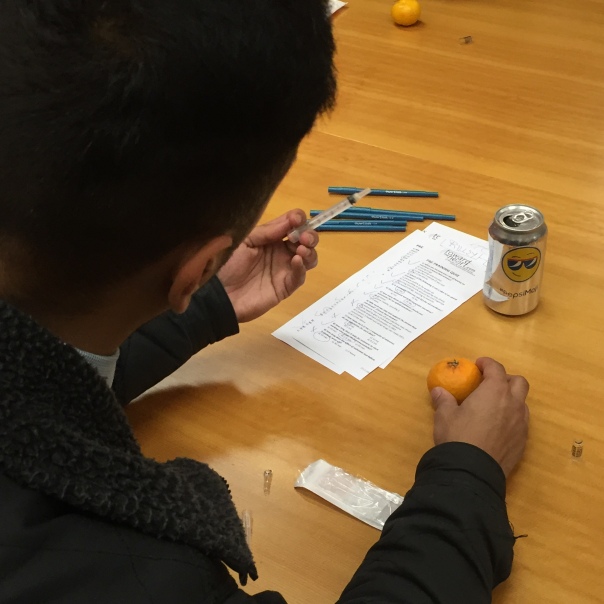
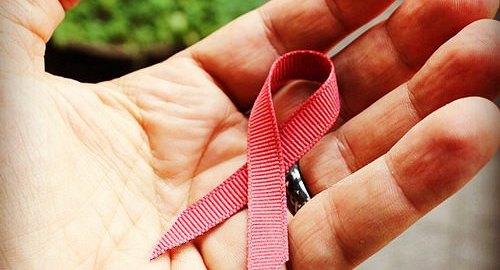

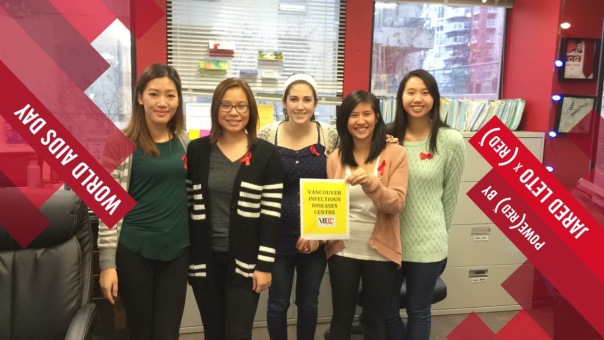

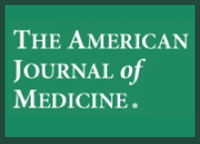 is the official journal of the
is the official journal of the 